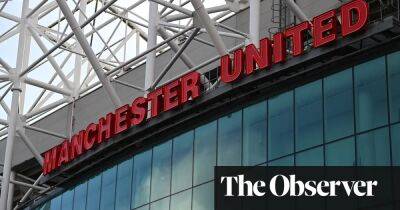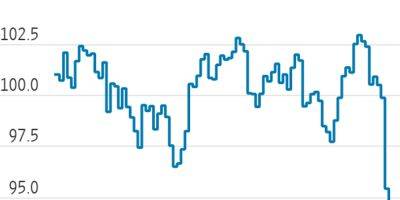How rising interest rates have sent the UK housing market into reverse
Since the turn of the year the news on the economy has been less bad than expected. Growth has been a bit stronger, spending in the shops a touch higher, business and consumer confidence have both picked up.
There has, however, big one big exception to this trend – the state of the housing market. The Nationwide building society reported on Wednesday that prices were down for a sixth month in a row in February, leading to a 1.1% annual drop in property values.
Meanwhile, figures from the Bank of England showed mortgage approvals fell for a fifth month to just under 40,000 in January. The picture from the Nationwide and the Bank is the same: other than during the exceptional circumstances of the first Covid lockdown in the spring of 2020, the housing market is at its weakest since the global financial crisis of 2008-09 and its aftermath.
It is not hard to see why. House prices soared after the UK came out of lockdown, turbo-charged by the lowest interest rates on record. Official borrowing costs were reduced to 0.1% at the start of the pandemic and remained at that level until December 2021.
Ultra-low interest rates from the Bank of England meant ultra-low mortgage rates, which in turn allowed those looking to buy property to take out bigger home loans on more expensive properties. The Halifax reported earlier this week that in the past three years the cost of the average home has risen by only a little shy of £50,000 – a 20% increase.
Official borrowing costs are now 4% rather than 0.1% and that has made home loans more expensive to service for those either on flexible rate mortgages or whose fixed-rate deals have expired. As Andrew Wishart, property analyst at Capital Economics has pointed out, the size of the average
Read more on theguardian.com




![Monero [XMR] hits new heights amid market lull, here’s why](https://finance-news.co/storage/thumbs_400/img/2023/3/26/61648_xk09.jpg)
![Is Chainlink’s [LINK] whale activity enough for a strong rebound](https://finance-news.co/storage/thumbs_400/img/2023/3/26/61647_eloht.jpg)











